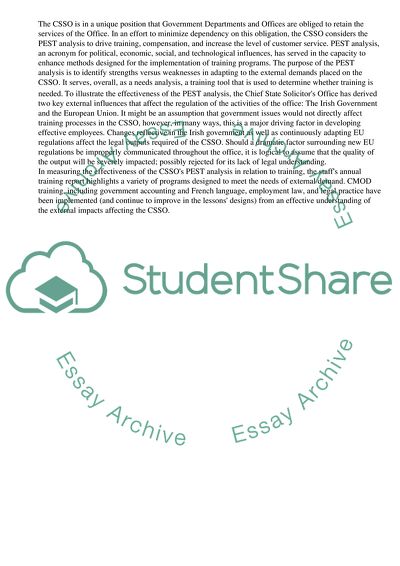Cite this document
(Linking Performance to Success Term Paper Example | Topics and Well Written Essays - 4000 words, n.d.)
Linking Performance to Success Term Paper Example | Topics and Well Written Essays - 4000 words. Retrieved from https://studentshare.org/management/1703308-managing-people
Linking Performance to Success Term Paper Example | Topics and Well Written Essays - 4000 words. Retrieved from https://studentshare.org/management/1703308-managing-people
(Linking Performance to Success Term Paper Example | Topics and Well Written Essays - 4000 Words)
Linking Performance to Success Term Paper Example | Topics and Well Written Essays - 4000 Words. https://studentshare.org/management/1703308-managing-people.
Linking Performance to Success Term Paper Example | Topics and Well Written Essays - 4000 Words. https://studentshare.org/management/1703308-managing-people.
“Linking Performance to Success Term Paper Example | Topics and Well Written Essays - 4000 Words”, n.d. https://studentshare.org/management/1703308-managing-people.


